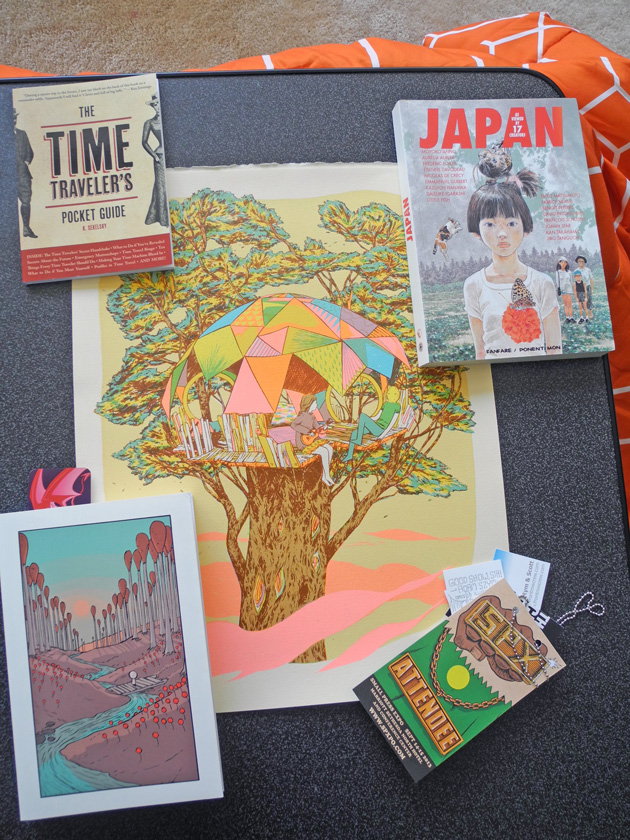- The Japanese government just released a 90 page study on robot anime. Sadly, it’s only available in Japanese. What a unique use of government funds!
- Mefloraine is writing and illustrating a book about witches and releasing it serially on Tumblr. I think it’s really cool, both the story and the execution.
- How come nobody told me about Nathan Meunier, a guy who is basically doing for games journalism what I want to do for fandom journalism? I just bought his guide to freelance games journalism, Up Up Down Down Left Write.
- Cool resource for cosplayers: a blog that breaks down how to recreate popular anime character’s outfits.
- Nelson thinks it might be time for us to change how we define anime, arguing that Legend of Korra just might be an American anime. I believe fandom is always converging, so I am all for this.
- I’ve never talked about Nerdfighter fandom on my blog because I’ve always been a little confused about it. But the reviews are in, and Nerdfighters say Gavia’s 101 on the fandom is spot-on.
- PBS Idea Channel has done it again! Are the titans from Attack On Titan evil?
(Photoshop originally by Plasterbrain [site down] on Tumblr.)











